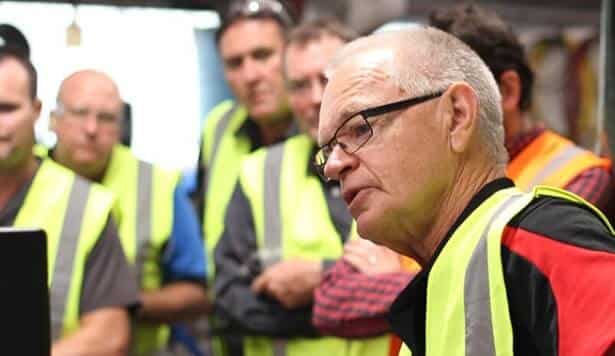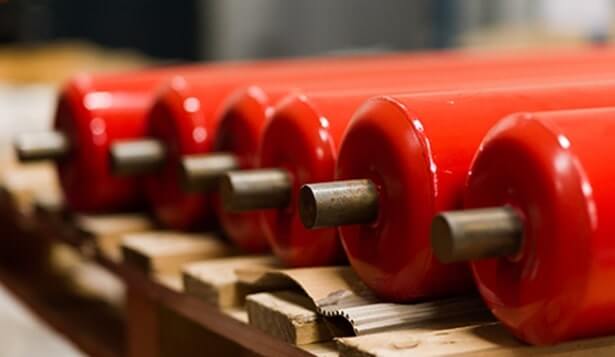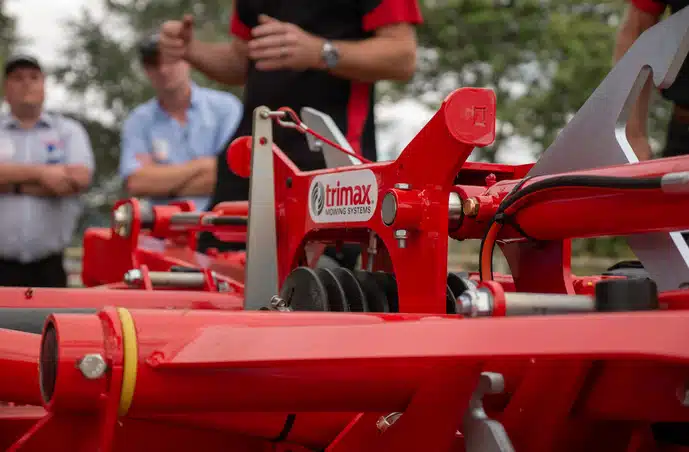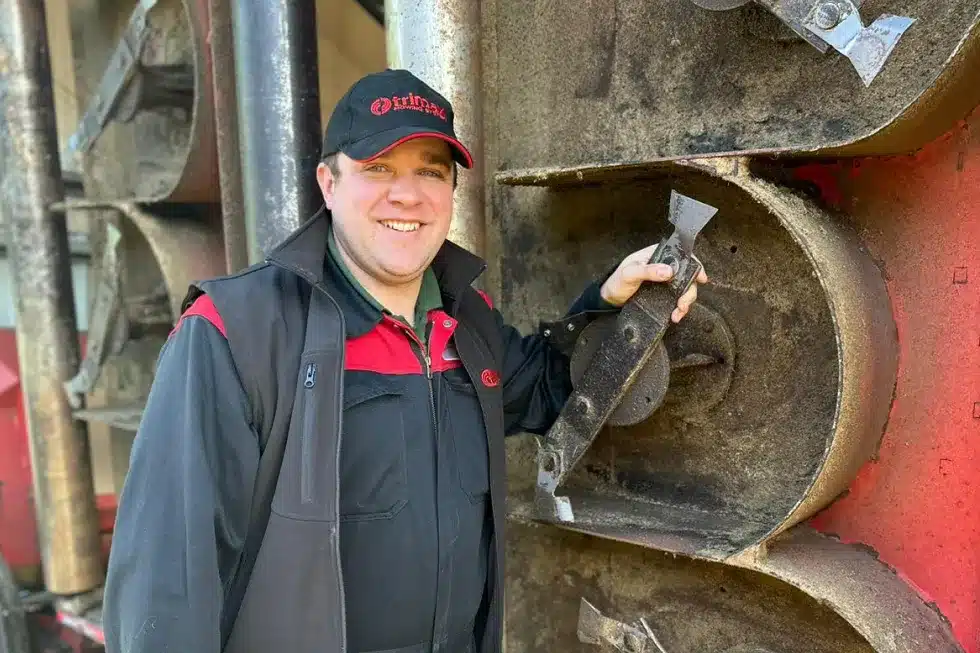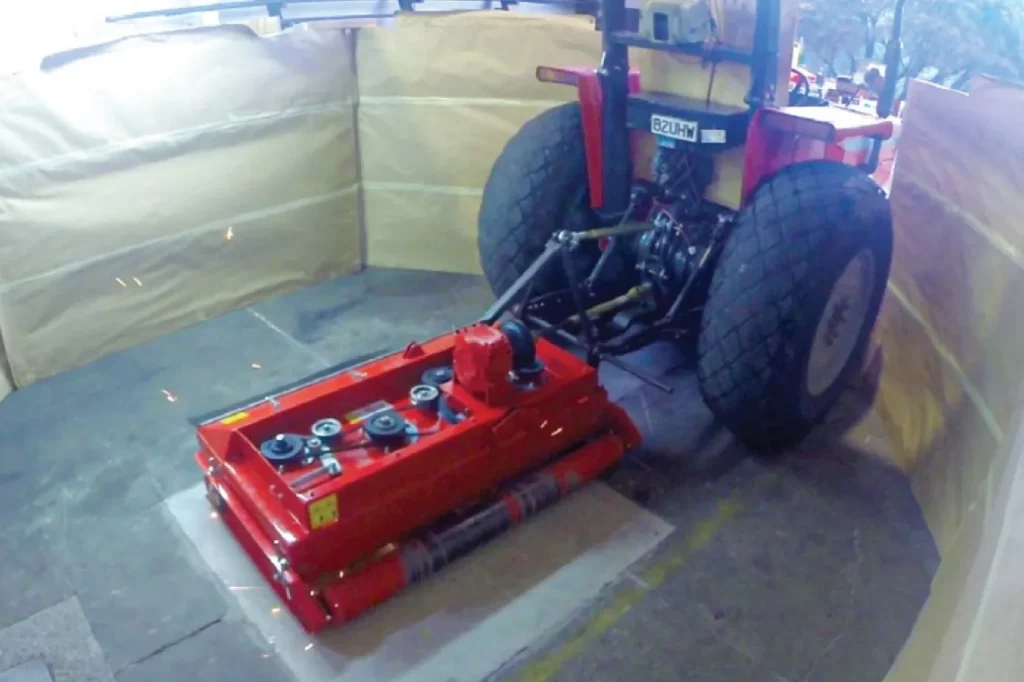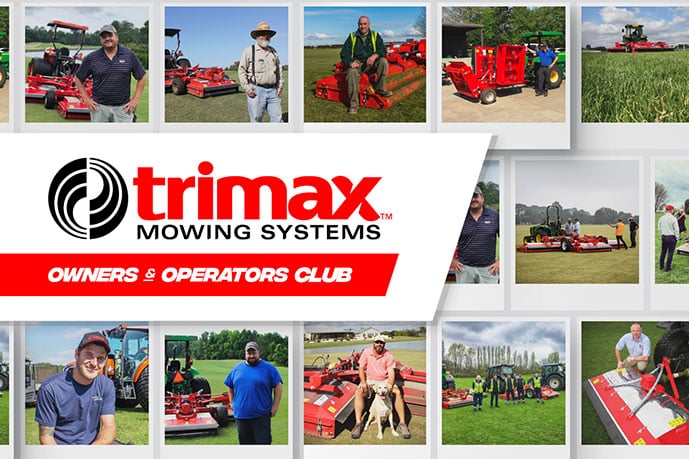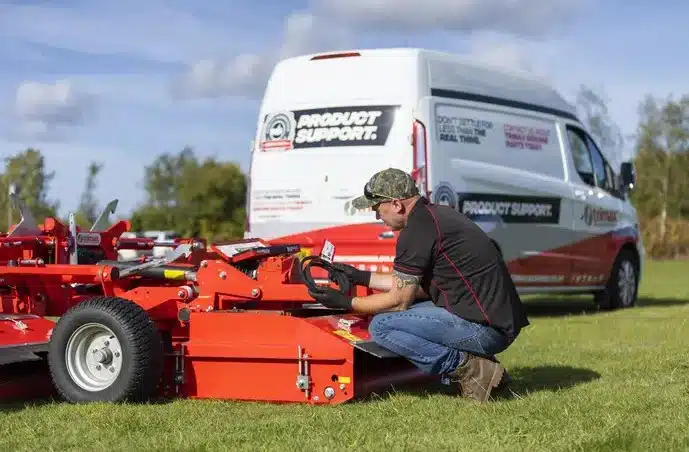Investing in machinery is a key consideration for greenkeeping and groundscare professionals. Choosing the model of mower and additional equipment is only one aspect of the decision. You also need to consider the lifetime costs of your new machinery.
Buying machinery is a popular route as it ensures you have full control and ownership of your equipment and is an asset within your business. However, it is vital to consider the total cost of ownership (TCO) when making this decision.
Both new and used machinery needs to be assessed with TCO in mind, helping you to budget for the best possible choice for your long-term needs. Let’s explore TCO in more depth and how to calculate the real cost of your new machinery and the potential return on investment it generates.
Productivity
The productivity of your machinery is measured at the rate at which the work is performed. Key variables may include the overall cutting width of the mower, as well as the operating speed. When we talk about operating speed, we mean both the forward speed of the machine, but also if that one machine can do all the work required. For example, would you have to roll the area after it’s been mowed or is there a roller on a mower? Would you need to go around afterwards and blow the cut grass away, or does the mower have a collector?
Speed may also impact the cut quality, depending on the chosen model. The more productive the equipment, the more jobs you can get done, and the more profitable you will be.
Investing in the most up-to-date technological machinery usually delivers higher productivity levels. However, older machines can still deliver high productivity levels and be the correct choice for your work. To find the most suitable machine, we recommend having a demonstration on your grounds.
Fuel
Operational costs are another leading contributor to machinery’s TCO. Older equipment may naturally be less efficient and may use more fuel, so it is important to consider whether an initially lower price is worth the additional cost over time to keep the equipment operational.
If you are looking to purchase an attachment machine, then you should consider the weight. The heavier the attachment, the more power and fuel it will draw from the tractor.
While hybrid and electric technologies are becoming more popular, we are still in the early adoption stage for this machinery. It is also important to consider whether the increased cost is worth the investment.
Maintenance & Servicing
When we talk about maintenance and servicing, we are referring to several things:
What maintenance and/or servicing does the machine require?
Understanding the machines’ maintenance requirements is important as this will affect the TCO. How many grease points does the machine have? How frequently do they need to be greased? How accessible are the grease points?
You may be surprised at the results when you go through all this information. It’s not uncommon to see machines requiring 200+ hours a year of greasing. That’s almost a month in the workshop, unable to be used. And that’s just for greasing, not all the other servicing a machine requires.
How accessible and affordable are spare parts?
Parts and the accessibility of parts should be a key deciding factor when purchasing new machinery. Consider:
- How frequently will crucial parts and components need to be replaced?
- How long does each part take to replace?
- How accessible are the parts?
These are all great questions to ask sellers. Consider, if your machine breaks down, can you get next-day delivery to get you back up and running? Every minute of downtime costs money so understanding the maintenance and parts costs for your new equipment is a vital part of its TCO.
What support and backup is available?
Is there technical support available for your new equipment? It’s worth exploring whether there are useful self-help portals or 24/7 support from specialists in the make and model of your machinery.
To make an informed purchase, you must ask questions about the support available for your new machinery. Ask as many questions as you need to feel confident in your purchase, as making a good purchase decision relies upon having all relevant information.
Purchase Price
The initial cost price is the final key component of any machine’s total cost of ownership. The purchase price you pay is often the main figure considered before investing in new machinery. However, as the above shows, many other factors influence the true and total cost of ownership. Budgeting accordingly is vital to ensure you purchase the right machinery for your needs.
Buying older or second-hand machinery may be appealing because of the lower purchase price. However, this equipment often does not offer additional benefits such as warranties, service plans and reliable parts availability. When considering any machinery, you must thoroughly consider the ongoing maintenance and running costs.
Using Total Cost of Ownership to Inform Your Next Purchase
Taking a more holistic and long-term approach to the total cost of ownership will help ensure you choose the right option for your needs. The same principles apply if you are looking to purchase brand-new equipment or considering second-hand.
It is easy to be swayed by an attractive purchase price but do not forget to look into the specifications of the machinery, consider its efficiency and the costs that may build up over time in fuel, maintenance and running costs.
The total cost of ownership gives you a truer and more reflective picture of the lifetime cost of your machinery, so measuring and comparing different models of different ages and conditions is a vital part of making your final purchase decision.
